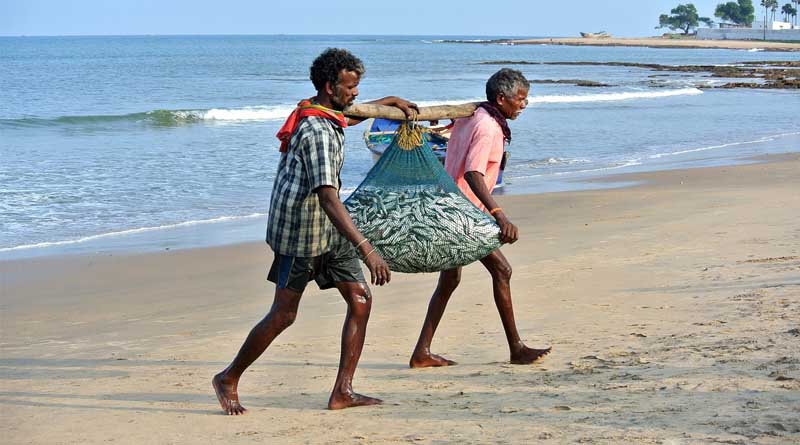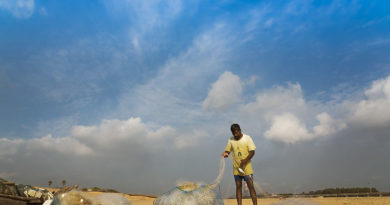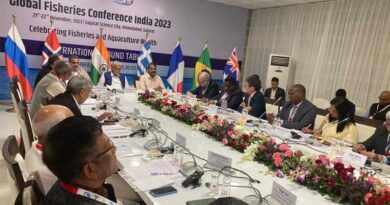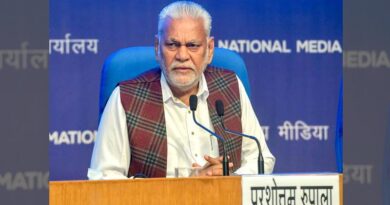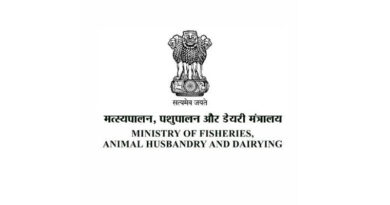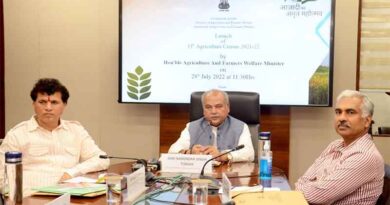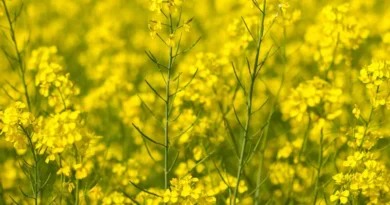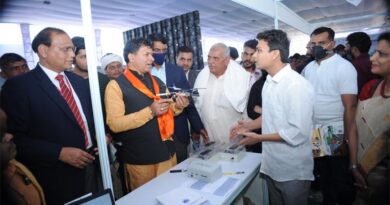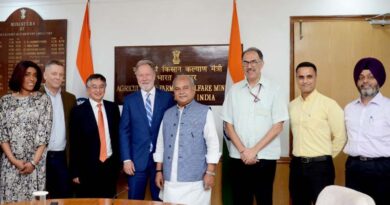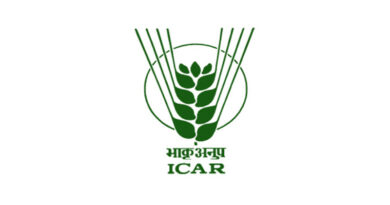More crop per drop – in Indian Fisheries – Need More Attention to Guardrails
Guest Author: Mr. D.K. Ghoshal, Former Director of Fisheries, Govt of West Bengal
22 July 2023, New Delhi: The Fishermen seeking livelihood has generations of know-how and the fishery sector in India has a history as well as the hope of eco-friendly fishing practices, Sustainable utilization of Inland fisheries resources, brackish water fisheries, and marine fisheries scenario as different formats of production with the broader impact of upliftment of the socioeconomic status of large quantum of the population associated with it.
A Case of Juxtaposition – the 3 Issues
The sector found its due importance at the highest level of the executive leadership of the country – PMMSY, KCC (Kishan Credit Cards) for the Fishermen community. Additionally, there has been strengthening of end-to-end support & empowering fish farmers/fishers – Marketing support, Best Practices dissemination, Digital knowledge, Access to Tech Infra (ras, Biofloc, Cage culture), and Logistics like cold chain transport, input support through collectivization to achieve more crop per drop. To give a perception – More than 39 lakh people are associated with fisheries activities in Uttar Pradesh alone as of 2019-2020. Adding other states, one can elucidate a penultimate assumption of what total number of the country’s population livelihood who can gain/engage in some way.
However, even after enormous potential (of international demand for inland & marine fisheries, of ornamental fish, of shrimp from India) – the growth in fisheries production is stagnating, the share in shelves abroad is limited, the rejections at abroad not low and social upliftment of Fishermen & Fisherwomen community is not uniformly good pan India.
The second issue is – each of the cogs in the Wheel (each stakeholder – the scholars in Fisheries Universities, the corporate agrovet ventures, the ground zero मछुआ समा एवं मत्स्यिकी, the Govt departments and the different sectoral agencies) appears to have built their Walled Gardens.
The third issue is not alone increasing the quantity of Fisheries cooperatives but the texture of Fishermen’s cooperatives changing also. The FFPOs scheme under PMMSY aim is 720 (after merging the current FPO) from the current 90 plus. Fishermen co-operatives are faction-ridden, and not fully transparent, a significant portion requires adequacy of capital infusion (in need of desilting, de-weeding, and preventing to shift waterbody into the waste body). Why India does not have a single “Amul” like cooperative in the Fisheries sector? The milk producers under Amul have a feeling of “Ownership” and not servitude. They are self-motivated to contribute their last remaining and they are never made to feel a different level of ownership in the stated cooperative. FFPOs (Fisheries cooperatives) in the fisheries sector have to bridge the above-referred gap despite endemic factors at the Fishermen community level – not so-educated people run it, the presence of caste-based community, presence of vote bank emotions politics, at times and some places presence of some musclemen, majority presence of individual ownership of seafaring trawlers instead of collective.
The Mindset Rule and Application of it as a Solution
The walls of Universities and Offices should encompass the real experience of fishermen and fisherwomen and work more cohesively for improving efficiency in two different factors of production through approaches beyond techno-managerial ness into the realm of social engineering / social justice goal –
- The Human (including Tech – Like Fish feed Quality, like in-situ deep sea fish processing module inside the trawler itself) and true cooperative ownership of Humans.
- The Entrepreneurial risk / Capital risk impact of large nature and the preservation of a balance of traditional & marginal capital fishermen. The insidious weakening of guardrails against fragile ecology by overfishing, the aim for greater mainstreaming of the aspirational potential of circular-ness (Like Fishing nets from recycled trash), and keeping staged approach to make a solution for WTO demand on Fisheries subsidy ending.
The conclusion
The Policy Framework with the above two factors of production needs tailoring for Providing focused and region-specific interventions to promote and develop fisheries in different regions of India so that Pradhan Mantri Matsya Sampada Yojana (PMMSY) Targets are over-achieved by 150%.

